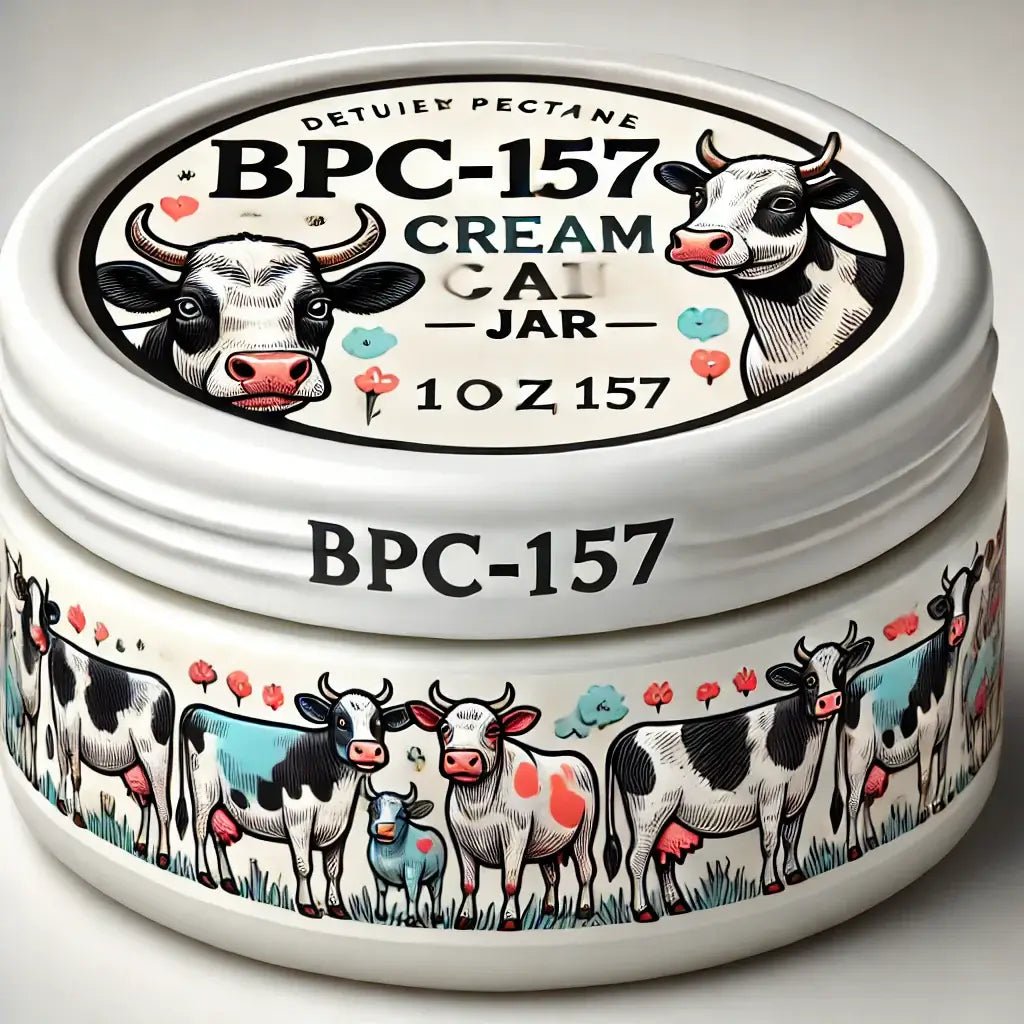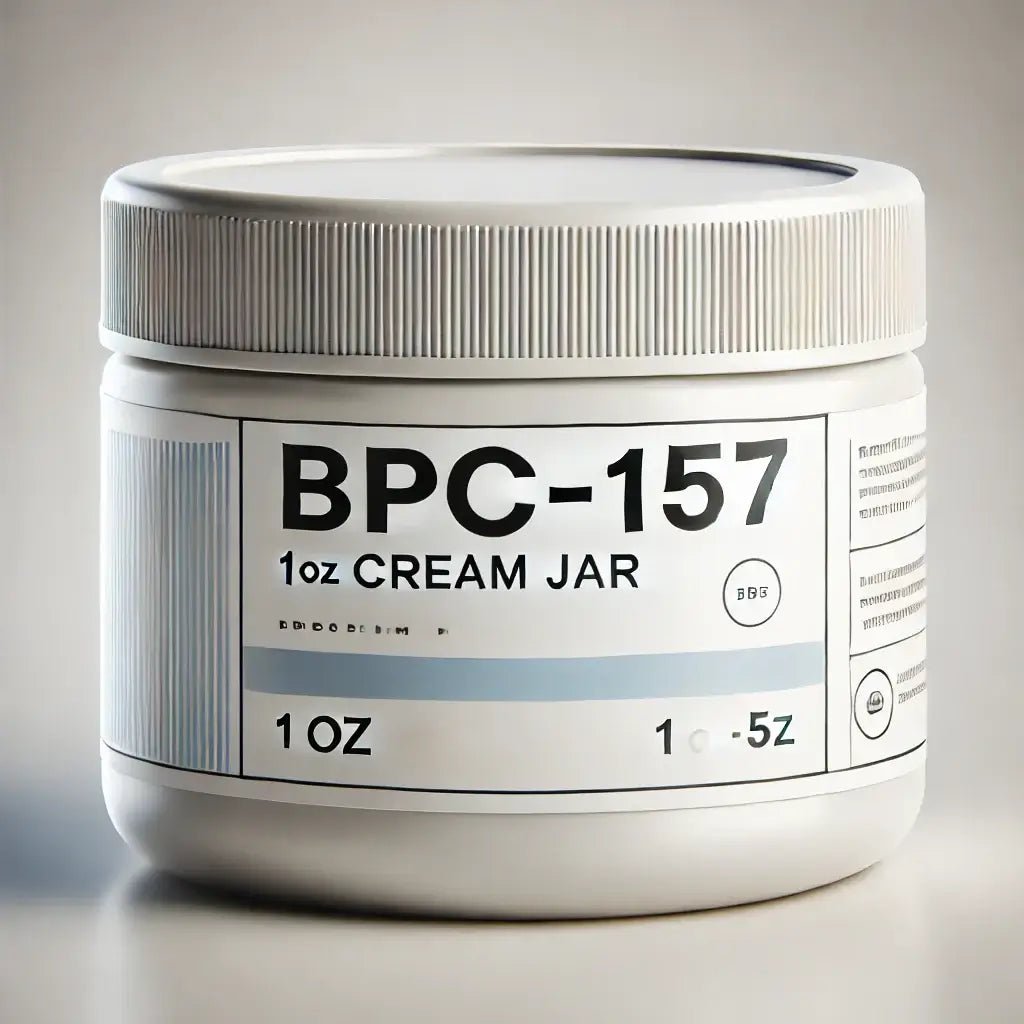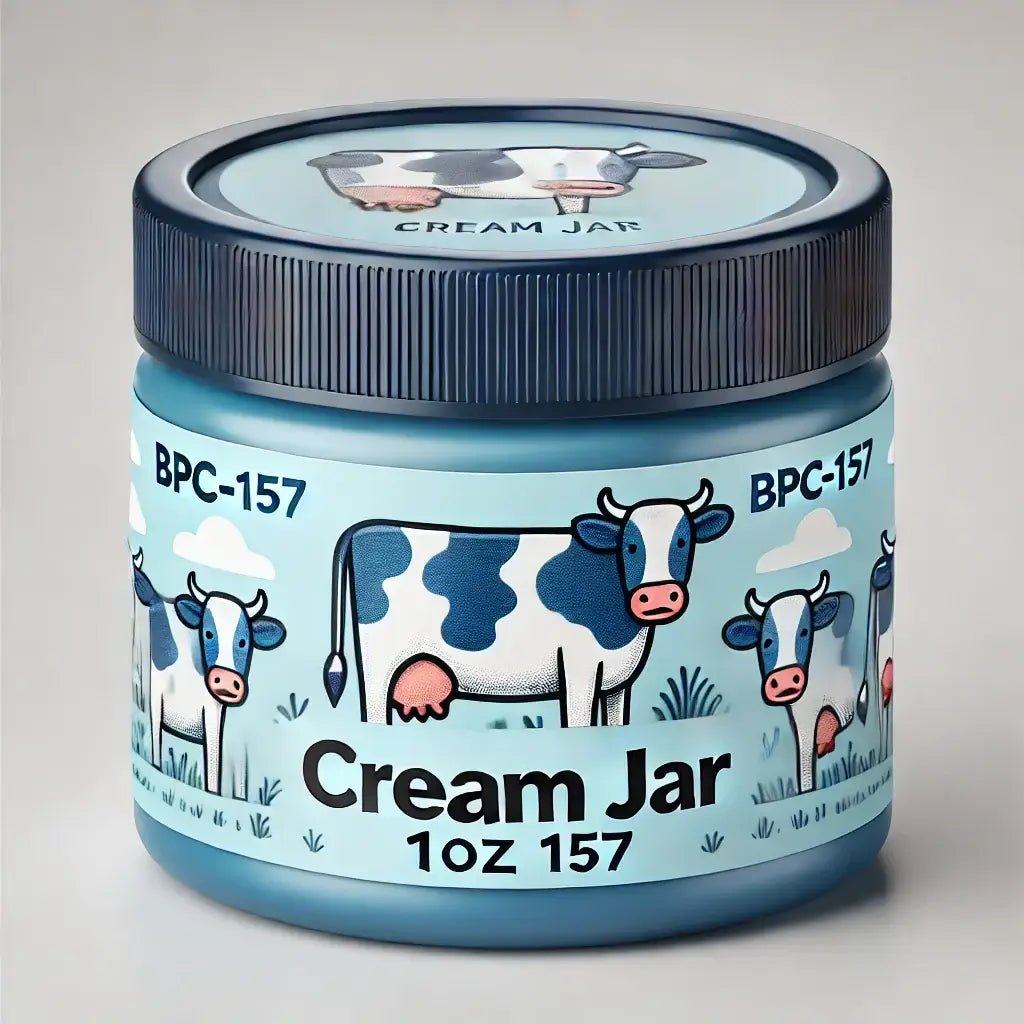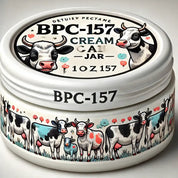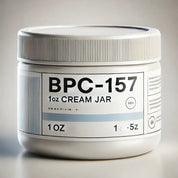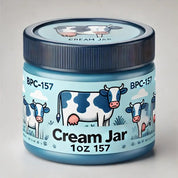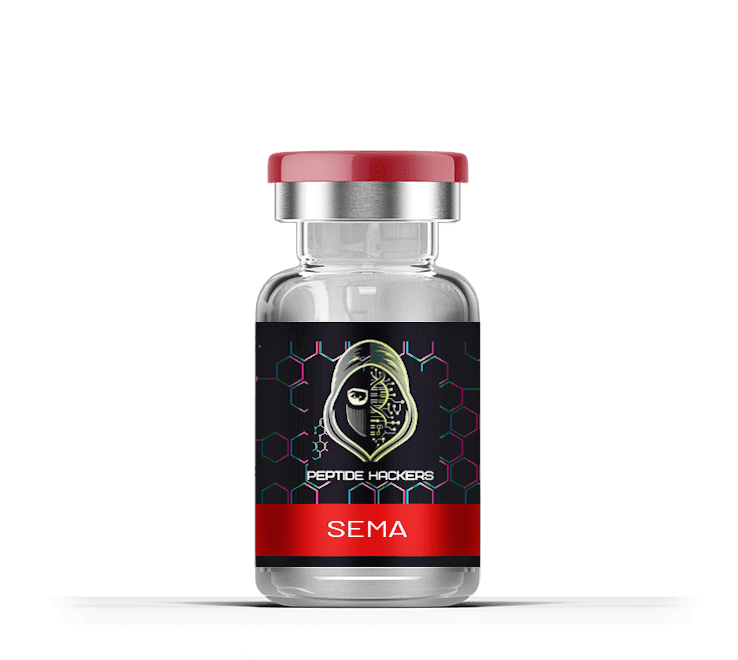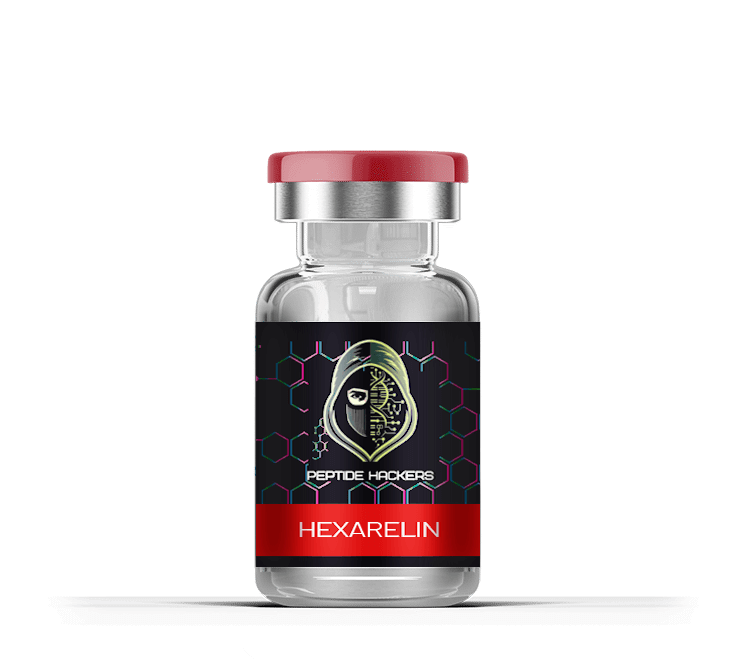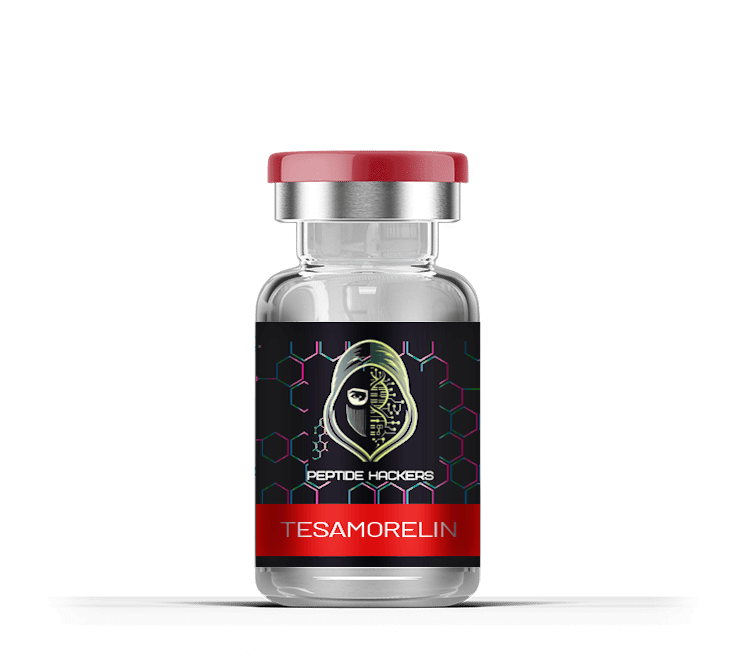Understanding BPC 157 Topical: Benefits and Applications Explained
Shipping: We offer reliable shipping options both domestically and internationally. All orders are processed within 1-2 business days. Shipping times vary depending on your location, and you will receive a tracking number once your order has shipped. Please note that international customers are responsible for ensuring that peptide products comply with their country’s import regulations.
Returns: Due to the specialized nature of our products, we do not accept returns or exchanges. If you receive a damaged or incorrect item, please contact our customer support team within 7 days of delivery. We will work to resolve the issue as quickly as possible, either by sending a replacement or providing a refund if applicable. For additional questions about shipping or returns, please reach out to our support team.
CRITICAL RESEARCH DISCLAIMER
FOR LABORATORY RESEARCH USE ONLY. NOT FOR HUMAN CONSUMPTION. NOT FOR VETERINARY USE.
All information on this page is for educational and laboratory research purposes only. This content discusses published research studies and does NOT constitute medical advice or recommendations for human use. We are not licensed medical professionals.
BPC-157 is a research peptide NOT approved by the FDA for human use, treatment, or consumption.
BPC-157 Research Compound: Published Preclinical Data Review
This article examines BPC-157, a research peptide studied in laboratory settings, and discusses published preclinical data. BPC-157 is a research compound derived from gastric peptide sequences studied in experimental models. Research examines this peptide in combination with various carriers in laboratory settings.
FOR LABORATORY RESEARCH USE ONLY. NOT FOR HUMAN CONSUMPTION.
What is BPC-157 Research Compound?
BPC-157, designated as Body Protection Compound 157, is a gastric pentadecapeptide research compound. This peptide has been studied in laboratory research for various mechanisms in experimental models. Research examines this compound in topical applications in animal studies.
Published research has examined:
Wound mechanisms in laboratory animal models
Vascular markers in experimental studies
Inflammatory markers in research models
Tissue markers in laboratory studies of muscle, bone, and connective tissues
Laboratory research shows that gastric pentadecapeptide BPC 157 has been studied for tissue mechanisms and various growth factor markers in experimental models (Mikus et al., 2001).
All research observations are from laboratory animal studies. NOT FOR HUMAN USE.
Research on Carrier Systems
Laboratory research has examined various carrier systems for peptide delivery in experimental models. Research explores natural lipid carriers in laboratory formulations.
Nutrient Content: Research examines lipid-soluble vitamins in carrier systems
Physical Properties: Studies examine hydration properties in laboratory formulations
Composition: Research uses natural materials in experimental formulations
Laboratory research combines BPC-157 with various carriers in experimental topical formulations for research purposes only.
Research formulations only. NOT FOR HUMAN USE.
Published Preclinical Research Observations
1. Burn Research in Laboratory Models
Studies on laboratory mice (Mikus et al., 2001) examined BPC-157 formulations for various tissue markers including vascular markers, collagen markers, and tissue strength parameters compared to control groups.
Animal research only. NOT FOR HUMAN USE.
2. Wound Research in Laboratory Models
Laboratory research has examined BPC-157 in various experimental wound models. Studies document collagen markers, tissue markers, and various cellular parameters in research settings.
Research observations only. NOT FOR HUMAN APPLICATION.
3. Gastrointestinal Research
BPC-157 has been studied in laboratory research examining gastrointestinal mechanisms in experimental models. Research explores various markers in animal studies including inflammatory markers and tissue parameters.
Laboratory research only. NOT FOR HUMAN CONSUMPTION.
4. Musculoskeletal Research in Laboratory Models
Laboratory studies have examined BPC-157 in experimental models of tissue injury. Research explores various tissue parameters, strength markers, and cellular mechanisms in animal studies.
Animal research only. NOT FOR HUMAN USE.
5. Inflammatory Research in Laboratory Models
Research has examined BPC-157 for inflammatory markers in experimental models studying various tissue conditions in laboratory settings.
Research observations only. NOT FOR HUMAN APPLICATION.
Research Mechanisms in Laboratory Studies
Vascular Research Observations
Laboratory research examines BPC-157 mechanisms including vascular markers and growth factor interactions in experimental models. Research studies cellular processes in laboratory settings.
Cellular Research Observations
Studies on laboratory animals documented various cellular parameters including tissue strength markers and cellular migration parameters in research models (Chang et al., 2014).
All observations from laboratory research only. NOT FOR HUMAN USE.
Published Clinical Research References
BPC-157 has been studied in various laboratory and preclinical research settings:
Laboratory research published in scientific journals examined wound mechanisms in animal models documenting various tissue markers and cellular parameters.
Preclinical studies published in research journals documented vascular markers, inflammatory markers, and tissue parameters in laboratory animals.
Research studies examined gastrointestinal mechanisms in experimental models documenting various markers in animal subjects.
Laboratory research explored musculoskeletal markers in animal models documenting collagen markers, cellular parameters, and tissue characteristics.
These studies document laboratory research observations. Further research needed to understand mechanisms and effects. NOT applicable to humans.
All references are from laboratory animal research. NOT FOR HUMAN USE.
Research Administration Methods in Laboratory Studies
Laboratory research has examined various administration methods in animal models including subcutaneous, intramuscular, oral, and topical applications in experimental settings.
Subcutaneous Research: Studied in laboratory animal models
Intramuscular Research: Examined in experimental tissue studies
Oral Research: Investigated in gastrointestinal research models
Topical Research: Studied in wound research models
Research methods only. NOT FOR HUMAN APPLICATION.
Educational Formulation Information
IMPORTANT DISCLAIMER: This information describes laboratory research formulation for educational purposes only. NOT for human use or consumption. Research compounds require proper laboratory protocols, safety measures, and regulatory compliance.
Research Formulation Components (Educational Only):
Research peptide compounds (for laboratory use only)
Carrier systems studied in research
Sterile research materials
CRITICAL SAFETY WARNINGS:
- NOT FOR HUMAN USE OR CONSUMPTION
- NOT FOR VETERINARY USE
- FOR LABORATORY RESEARCH ONLY
- Research compounds require proper laboratory training
- Proper safety protocols essential
- Regulatory compliance required for all research
- Consult qualified researchers before any laboratory work
This is educational information only. NOT instructions for human use. FOR LABORATORY RESEARCH ONLY.
Regulatory Status
The FDA has classified BPC-157 as a research compound not approved for compounding or human use. BPC-157 is not on the FDA-approved list for compounding pharmacies.
BPC-157 remains available only for qualified laboratory research purposes from specialized research suppliers. NOT for human consumption or therapeutic use.
FOR LABORATORY RESEARCH USE ONLY. NOT FDA APPROVED.
Research Compound Status
BPC-157 continues to be studied in laboratory research settings. Research examines various mechanisms in experimental models. Its classification as a research compound means it is strictly for laboratory use in controlled research environments.
FOR LABORATORY RESEARCH ONLY. NOT FOR HUMAN USE.
Scientific References
Mikus et al., 2001. Burns: Examined burn mechanisms with BPC-157 in laboratory animal models.
Chang et al., 2014. Molecules: Studied growth factor markers and collagen parameters in experimental tissue models.
NCBI Resources: Published studies on peptides like BPC-157 in laboratory research settings.
All references are from laboratory animal research for educational purposes only. NOT FOR HUMAN USE.
FINAL CRITICAL DISCLAIMER
This information is provided solely for educational and research purposes. BPC-157 is designed exclusively for laboratory research and is NOT approved for human consumption, veterinary use, or therapeutic applications.
FOR LABORATORY RESEARCH USE ONLY. NOT FOR HUMAN CONSUMPTION. NOT FOR VETERINARY USE.
All research must comply with applicable laws and regulations. Researchers must obtain proper institutional approval before conducting studies. Always ensure compliance with all applicable regulations regarding research compounds.
NOT FDA APPROVED. NOT FOR HUMAN USE. NOT FOR MEDICAL TREATMENT. FOR RESEARCH PURPOSES ONLY.
BPC-157 is a research peptide that has NOT undergone FDA approval processes and is NOT approved for human use under any circumstances.
Our Story, Our Promise
At PeptideHackers, we’re committed to advancing research by providing high-quality peptides for scientific and research purposes. We ensure the highest standards and transparency in every product, supporting your research with science-backed solutions. Welcome to PeptideHackers.
Frequently Asked Questions
-
Due to the sensitive nature of our research products, we do not accept returns or exchanges. However, if you receive a damaged or incorrect item, please contact our customer support team within 7 days of receiving your order, and we will work to resolve the issue.
-
Research peptides are short chains of amino acids designed for laboratory and scientific research purposes only. They are not intended for human or animal use.
-
Peptides should be stored in a cool, dry place. For long-term storage, refrigerate at 4°C, and for even longer preservation, freezing at -20°C is recommended.
-
Yes, we provide a Certificate of Analysis (COA) for every batch of peptides, detailing the purity and composition to ensure research quality.

